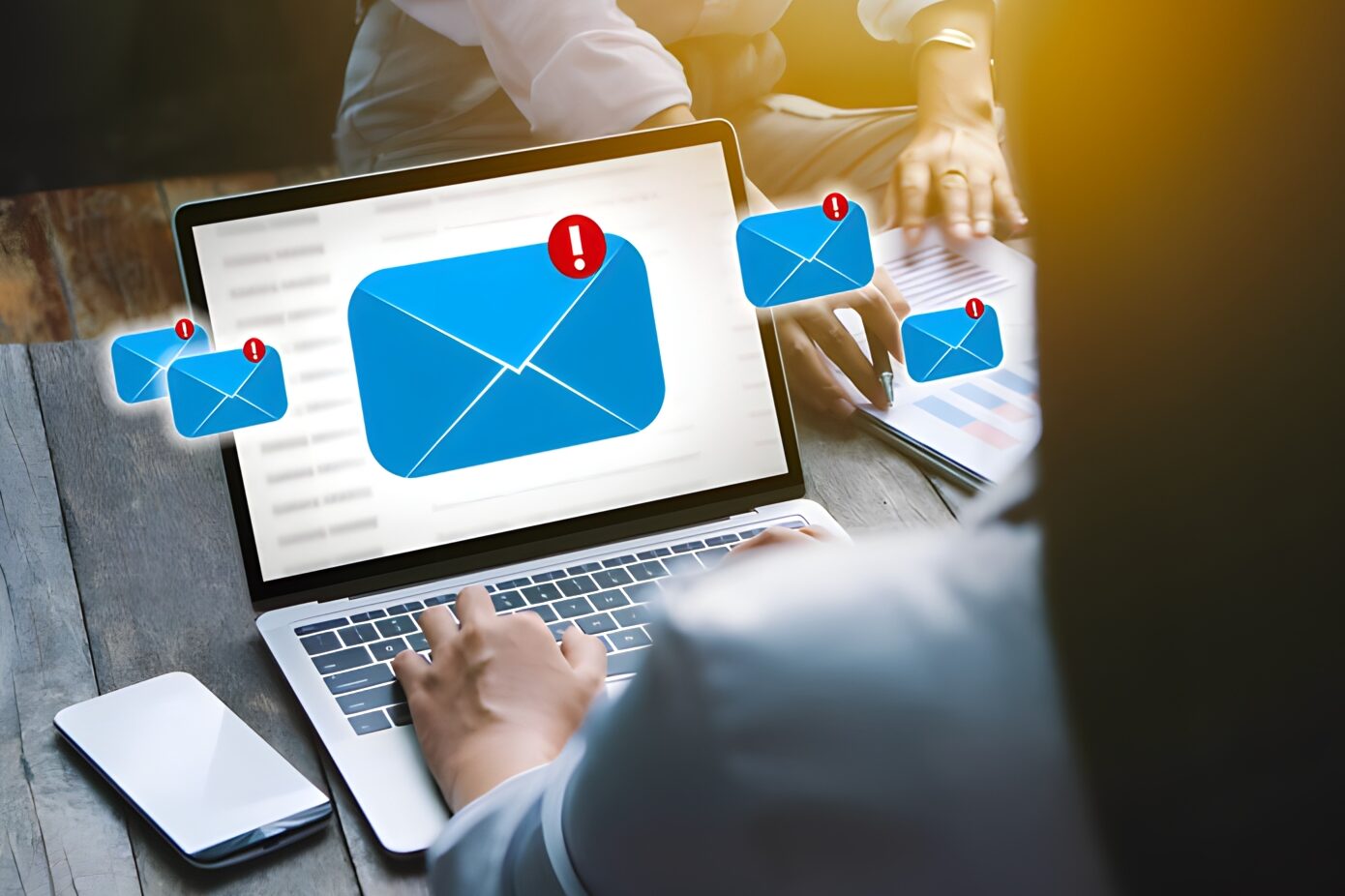Introduction
Email marketing is an ever-evolving field, particularly when viewed through the lens of technical advancements and seasonal trends. By leveraging the latest technologies and understanding seasonal behaviors, you can optimize the email campaigns to achieve higher engagement and conversion rates. In this blog, we’ll explore the best practices for harnessing the power of seasonal trends in email marketing.
Understanding Seasonal Trends:
Seasonal trends refer to predictable changes in consumer behavior during specific times of the year, driven by holidays or events. In email marketing, recognizing these trends allows marketers to align their strategies with audience expectations and interests, thus increasing the effectiveness of their campaigns. Key periods include:
- Holidays: Christmas, New Year, Halloween, Thanksgiving, and Valentine’s Day.
- Seasonal Changes: Spring, Summer, Fall, and Winter.
- Cultural Events: Black Friday, Cyber Monday, Back-to-School season.
- Industry-Specific Events: Conferences, product launches, fiscal year-end.
Planning Ahead:
Successful seasonal email campaigns require thorough planning. Start by creating an editorial calendar that outlines all the significant dates relevant to your audience. This calendar should include:
- Key holidays and events
- Content deadlines
- Email send dates
Planning ahead ensures that you’re not scrambling to create content at the last minute and that your emails hit inboxes at the optimal times.Offering popular women’s necklaces such as pendants, chokers and chain necklace. Shop for jewelry in a variety of metals and gemstones to suit any occasion
Segment Your Audience:
Segmentation is critical in email marketing, particularly for seasonal campaigns. Different segments of your audience will respond to different seasonal themes. For example:
- Retail Customers: Might be more responsive to holiday discounts and gift guides.
- B2B Clients: May appreciate end-of-year reviews, fiscal planning advice, or industry trend reports.
- Dynamic Segmentation: Use AI and machine learning algorithms to segment your audience based on real-time data.
- Personalized Content: Customize email content using dynamic fields that pull in data specific to each recipient.
Use past data to segment your audience based on their behavior and preferences during previous seasonal campaigns.
Personalize Your Messages:
Personalization goes beyond using the recipient’s name. It involves tailoring the content to the recipient’s preferences and past behaviors.
- Content Personalization: Use AI to tailor email content to individual preferences. This could include personalized product recommendations, tailored subject lines, or dynamic content blocks.
- Send Time Optimization: Leverage AI to determine the optimal time to send emails to each recipient based on their past behavior.
Personalization at this level requires sophisticated tools and platforms capable of integrating AI and machine learning.
Responsive Design:
- Mobile Optimization: Ensure your emails are designed to look great on all devices, particularly mobile. Use responsive design techniques to adapt the layout and content based on the device.
- Interactive Elements: Incorporate interactive elements such as carousels, accordions, or embedded videos to engage users and provide a richer experience.
Responsive and interactive design can significantly enhance user engagement, particularly during seasonal campaigns when competition for attention is high.
Design Seasonal-Themed Emails:
The visual aspect of your email is just as important as the content. Design your emails to reflect the seasonal theme. Use appropriate colors, images, and fonts. For instance, a Christmas email might feature red and green colors, snowflakes, and festive images, while a summer email could use bright, sunny imagery.
Create Relevant Content:
Content should be seasonally relevant and provide value to the reader. Ideas for seasonal content include:
Providing useful content keeps your audience engaged and positions your brand as a helpful resource.
Test and Optimize:
Testing is vital for understanding what works best for your audience. Experiment with different subject lines, send times, and content formats. Use A/B testing to compare variations and see which performs better. Monitor key metrics such as open rates, click-through rates, and conversions to refine your strategy.
- Subject Lines: Test different subject lines to see which one achieves higher open rates.
- Content Variations: Experiment with different content blocks, images, and calls-to-action to determine what resonates best with your audience.
- Send Times: Test different send times to identify when your audience is most likely to engage.
Follow Up and Re-engage:
Don’t let your engagement efforts end with a single email. Follow up with recipients who showed interest or made a purchase. Send thank-you emails, request feedback, or suggest related products. Re-engaging your audience helps build long-term relationships and encourages repeat business.
Stay Compliant:
Given the sensitive nature of data in email marketing, ensuring compliance and security is paramount:
- Regulatory Compliance
- GDPR: Ensure your email practices comply with the General Data Protection Regulation.
- CAN-SPAM: Adhere to the CAN-SPAM Act requirements in the US, including providing clear unsubscribe options.
- Data Security
- Secure Data Handling: Use secure methods to store and handle subscriber data.
- Encryption: Implement encryption for data at rest and in transit to protect against breaches.
Compliance and security are not only legal requirements but also critical to maintaining trust with your audience.
Analyze and Learn:
After each seasonal campaign, analyze the results to understand what worked and what didn’t. Look at metrics like:
- Open Rates: Did your subject lines resonate?
- Click-Through Rates: Was the content engaging?
- Conversion Rates: Did the offers and promotions lead to sales?
Use these insights to improve future campaigns.
Conclusion:
Leveraging seasonal trends in email marketing can significantly boost your engagement and conversion rates. By understanding and implementing these technical strategies, you can create highly targeted and effective seasonal email campaigns that resonate with your audience and drive significant engagement and conversions. Regular testing, performance analysis, and ensuring compliance and security further enhance the impact of your email marketing efforts, turning seasonal opportunities into powerful marketing moments.


